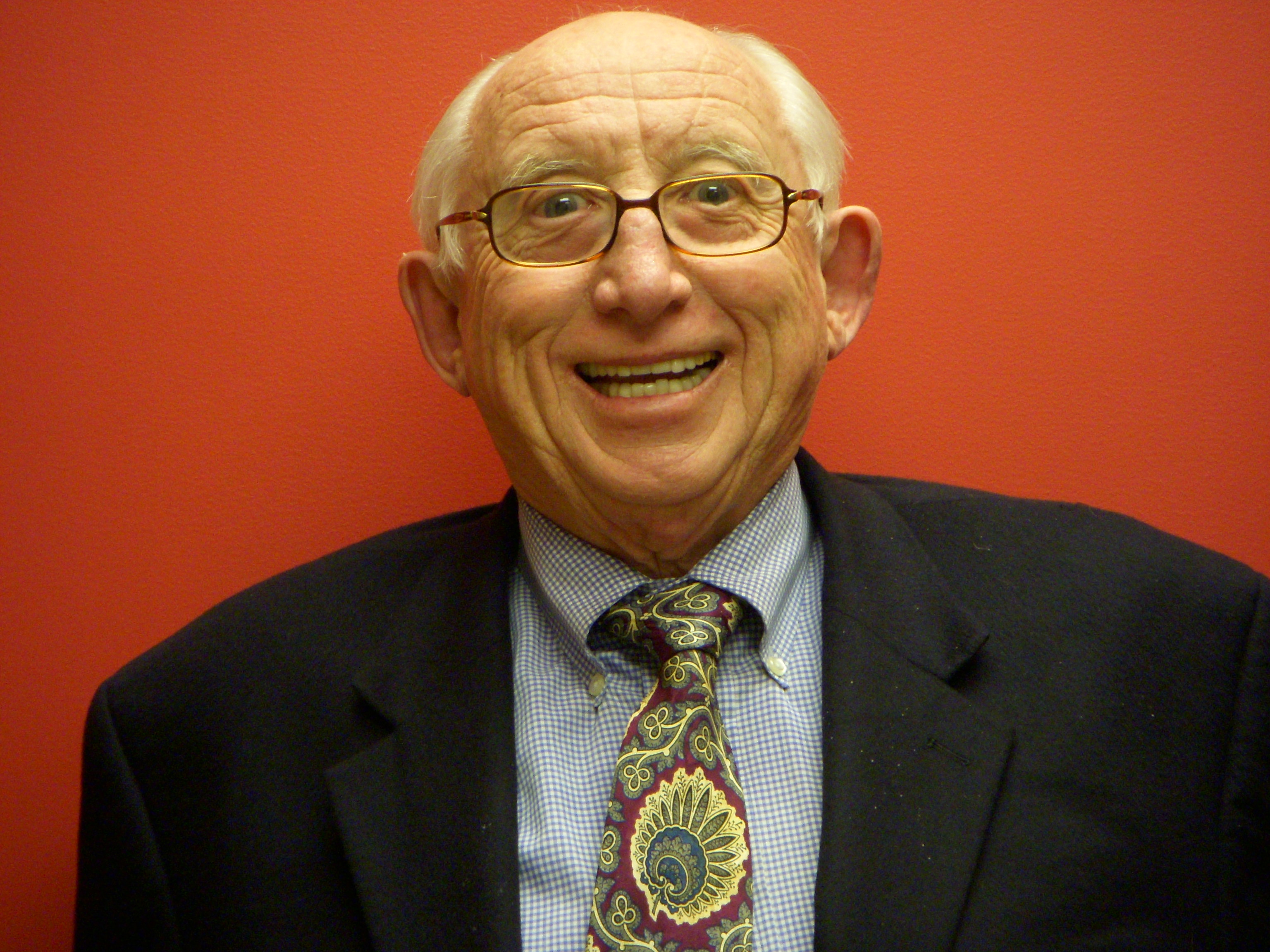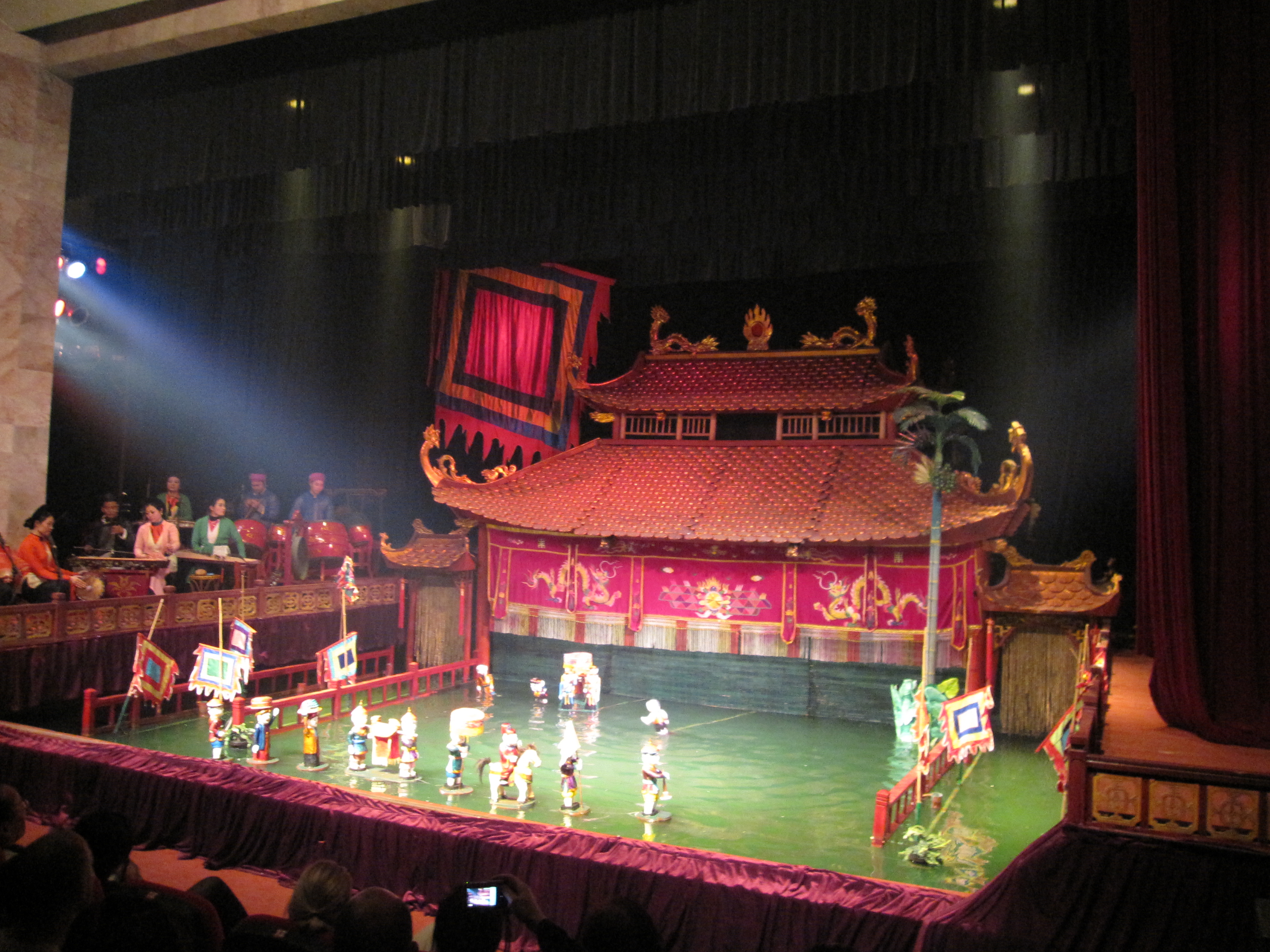Guns and the Middle Class

News Analysis With a Sense of Humor




The other day I was musing over how materials throughout history have improved our lives. Take the ordinary candle, which is made of beeswax. It helped us overcome our fear of the dark. The candle provided a totally new capability: People had a portable light source to allow them to see and read anywhere they wanted.
Today we have hand-held devices that not only enable us to read anywhere we want, but also access reading material anywhere it is available in the world. We owe this revolution to ordinary beach sand, which is a source of silicon that makes digital circuits work.
And the remarkable materials of history do not end here. For example, corn provides the basis for biodegradable plastics, and we have even invented flexible concrete that widens its application.
Materials are fundamental to revolutions that improve our lives.
A new emerging class of materials, carbon composites, is revolutionizing the performance of mobile platforms. Carbon fibers, which are thin and flexible like ordinary sewing thread, can dramatically reduce weight, and therefore vehicle fuel consumption, but at the same time provide greater safety because of their toughness.
Defense systems, like the Predator Unmanned Air Vehicle, pioneered the path to exploiting these materials. The X43 scram jet, at nearly 10 times the speed of sound, set the world airspeed record through the use of carbon composites. We are now seeing the emergence of these materials in the Boeing Dreamliner and automobiles like the Chevy Corvette.
Quite remarkably, you can form a new ceramic material from combining beach sand and carbon, like that contained in soot.
As the ancients understood, ceramics can withstand very high temperatures because they do not melt like metals. There are many advantages to high-temperature, high-strength materials:
1. They are the basis of ceramic brakes that resist wear, even at very high temperatures where metals fatigue.
2. They enable the Space Shuttle to withstand intense heat loading upon reentry in the atmosphere.
3. They can also improve engine efficiency; with a properly chosen medium, you can store large amounts of high-temperature heat. You can then use that high-energy medium to drive mechanical devices, like turbines, to produce high-speed motion and with it electricity at high efficiency.
One such ceramic material, silicon carbide, can withstand temperatures of over 2,000 degrees centigrade without loss of strength — metals exhibit fatigue at 700 degrees centigrade. Its properties suggest some important safety applications, such as replacing the metal tubing that surrounds nuclear fuel in light water reactors.
Silicon carbide can also withstand the intense neutron environment in a nuclear reactor over long periods of time, because it has the remarkable property of self-healing. It repairs itself like living cells.
These properties have inspired engineers at General Atomics to develop a new nuclear reactor concept with potentially far-reaching performance advantages. This reactor, Energy Multiplier Module (EM squared), is the smallest-size, highest-efficiency and highest-power small modular reactor in the world. Because the fuel surrounded by silicon carbide tubing can withstand high temperatures (more than 2 ½ times that of current reactors) and transfer its heat to a high-capacity medium, like helium, the reactor system can achieve 53 percent efficiency, nearly twice that of other small modular reactors.
Since the fuel contained by the silicon carbide tubing can stay in the reactor for longer periods of time (nearly seven separate fuel loadings of current reactors), there is much less waste; in fact, 80 percent less waste. And because the fuel and silicon carbide can withstand much higher temperatures, the safety margins are potentially much better.
Like any new technology that can dramatically improve performance, there are economic benefits. We can reduce the price of electricity by 40 percent relative to current reactors. This puts the price of nuclear-generated electricity within the energy mix in the United States. It also makes such reactors much more competitive in international markets.
This innovation comes at a time when nuclear energy has reached a crossroads. So we have a choice: Embrace new technology, as we have in the past, to improve performance, or continue to look in the rear-view mirror with ideas that just hold back human progress.
John Parmentola is senior vice president of General Atomics, a San Diego-based nuclear physics and defense technology company.


So far the market is sharply divided between consumer printers, which sell for less than $1,000, and sophisticated, high-end machines that can make parts for aircraft or model a new car. The first machines sold in shops rather than on the Internet are appearing, and UPS is experimenting with putting 3D printers in its stores. The race is on. — For the Hearst-New York Times Syndicate



If you have the 21st-century blues, if you feel the United States is not the country it used to be and never will be again, if you think the future belongs to Asia and we are going to be a footnote on the page of Chinese greatness, then relax. I have been reading a book that will cause you to bound from your bed, open up your window and shout with joy for being an American.
The book is “Flight of the Eagle: The grand strategies that brought America from colonial dependence to world leadership.” The author is Conrad Black, once the world's third most successful publisher, in terms of the number of newspapers published. Black's own trajectory across the firmament of public life is as exceptional in its way as is his loving told and invigorating history of America.
Black, the scion of a successful Canadian family, amassed a great fortune in Canada in mining and other business ventures, and then took on Britain. He bought the Telegraph Group, publisher of the Daily Telegraph and the Sunday Telegraph, that was failing under the governance of family ownership. The Daily Telegraph wasn't just another English newspaper: it was the esteemed newspaper of high Toryism. It was and remains, the newspaper of the establishment, conservative in policy and in its treatment of the news. Black also became proprietor of other British publications and a slew of American newspapers, headed by the Sunday Times.
In Britain, Black was known for the excellence of his newspapers. He was known also for his scholarship, which was demonstrated with major biographies of Franklin Roosevelt and Richard Nixon. He was known as wellfor his lavish lifestyle with grand homes in London, Toronto, New York and Florida, parties and private jets.
In 2001, Prime Minister Tony Blair granted Black a life peerage; he still holds the title of Lord Black of Crossharbour. Black had climbed as high as any man could climb it seemed.
Then he crashed.
Black was prosecuted by the U.S. Justice Department for payments that the government alleged were illegal kickbacks worth many millions of dollars, but which Black and his associates said were in the form of non-compete agreements in the sale of American newspapers. The Justice Department cried fraud, as did some outside investors, and Black was convicted. Some of the original charges were dropped on appeal, and Black served over three years in federal prison in Florida.
Black used his time in prison not to rail against the country that had brought him down, but rather to write “Flight of the Eagle,” an informed salute to it. When I asked him about this, he joked, “Are you referring to the time when I was a guest of the great American people?” In all, about half of the book was written in the prison library.
As an historian, Black is especially readable because history in his hands is narrative-driven. He doesn't mortgage the narrative to dates and statistics; the book is wonderfully free of long passages from historical documents, which often bog down the work of academic historians. Like a good journalist, Black takes time with the really interesting people of American history such as Benjamin Franklin and FDR.
Although a staunch conservative — who counts Rush Limbaugh among his friends, along with some others from the ramparts of the right — Black doesn't let his politics cloud his history. He says Hoover was a terrible president and that attempts to resuscitate his image are wrong. Black also says his friends, who supported President George W. Bush's policies, were mistaken. He is tepid about President Obama.
Black acknowledges the failures and evils in American history, including slavery, in the flight of his American eagle. Overall, he finds it a magnificent bird: free and brave and an inspiration to the world. He believes that it will soar over this century, just as it began to in the 18th century and reached great altitude in the 20th century.
Neither China nor India will bring America down, according to Black. He remains unsullied in his passion for America, even though he is barred from stepping foot in here and the IRS is trying to collect $70 million in alleged back taxes.
From experience, Black is hostile to America's prosecutorial legal system. But also from experience, he wants to know why Americans pay twice as much for health care as other countries like Canada and Britain, where everyone is covered. — For the Hearst-New York Times Syndicate